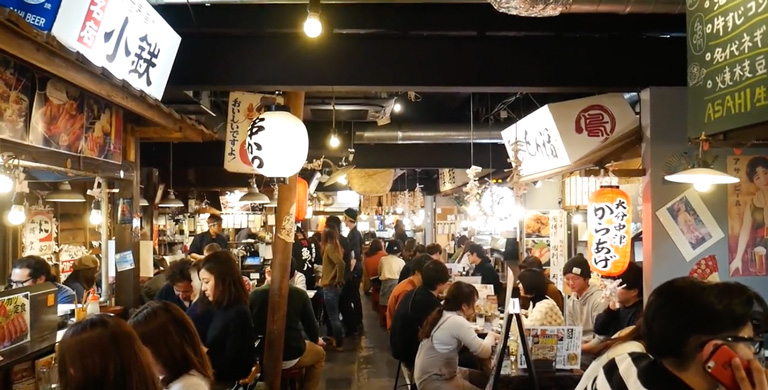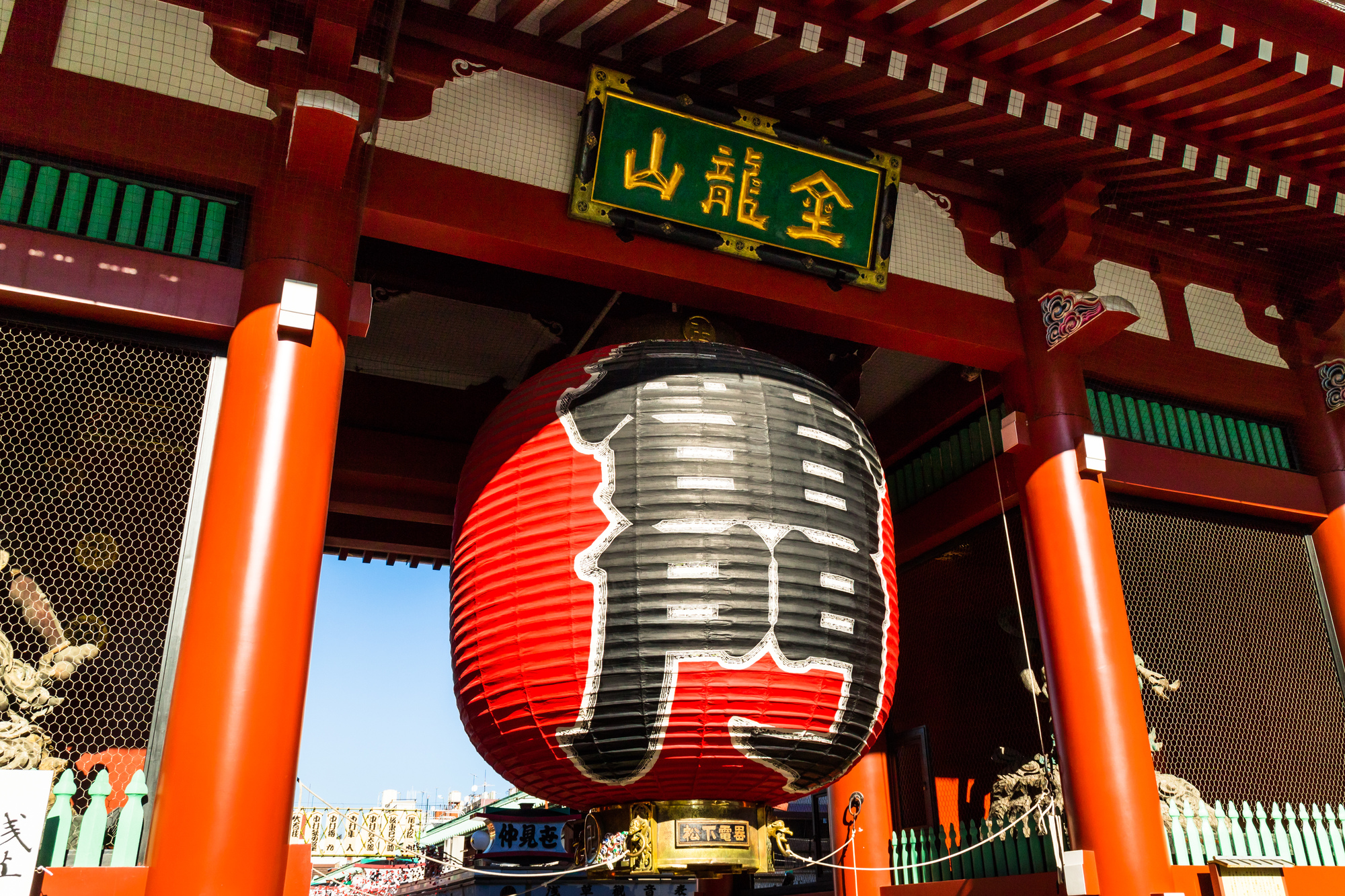Kumano Kodo Sacred Pilgrimage
Kumano Kodo, meaning old road, is a series of trails that is classified as a UNESCO World Heritage site. Located in the Wakayama Prefecture of Japan, Kumano Kodo pilgrimage consists of 3 shrines as well as many different routes hikers can enjoy. Here we take a brief look at what you may discover on your journey.
- Hongu Taisha Grand Shrine
Usually when pilgrims start off their hike, they would go through the first gate located near this shrine known as the Gate of the Tree. The scenery at the first gate is really breath taking, it is an open area surrounded by mountains and a river running through it. If you feel like walking to the river, you will discover the majestic beauty of its blue hue which is caused through natural filtering from the river rocks. Hongu Taisha is where all major pilgrimage routes converge at so it is fitting that many travelers on their hike encounter Hongu Taisha Grand Shrine first. It is said that Hongu Taisha enshrines multiple deities that have been worshiped since ancient times. At Hongu city itself there's a big information center where you can find out all about the Kumano Kodo pilgrimage, places to stay, places to eat, and maps in many different languages.
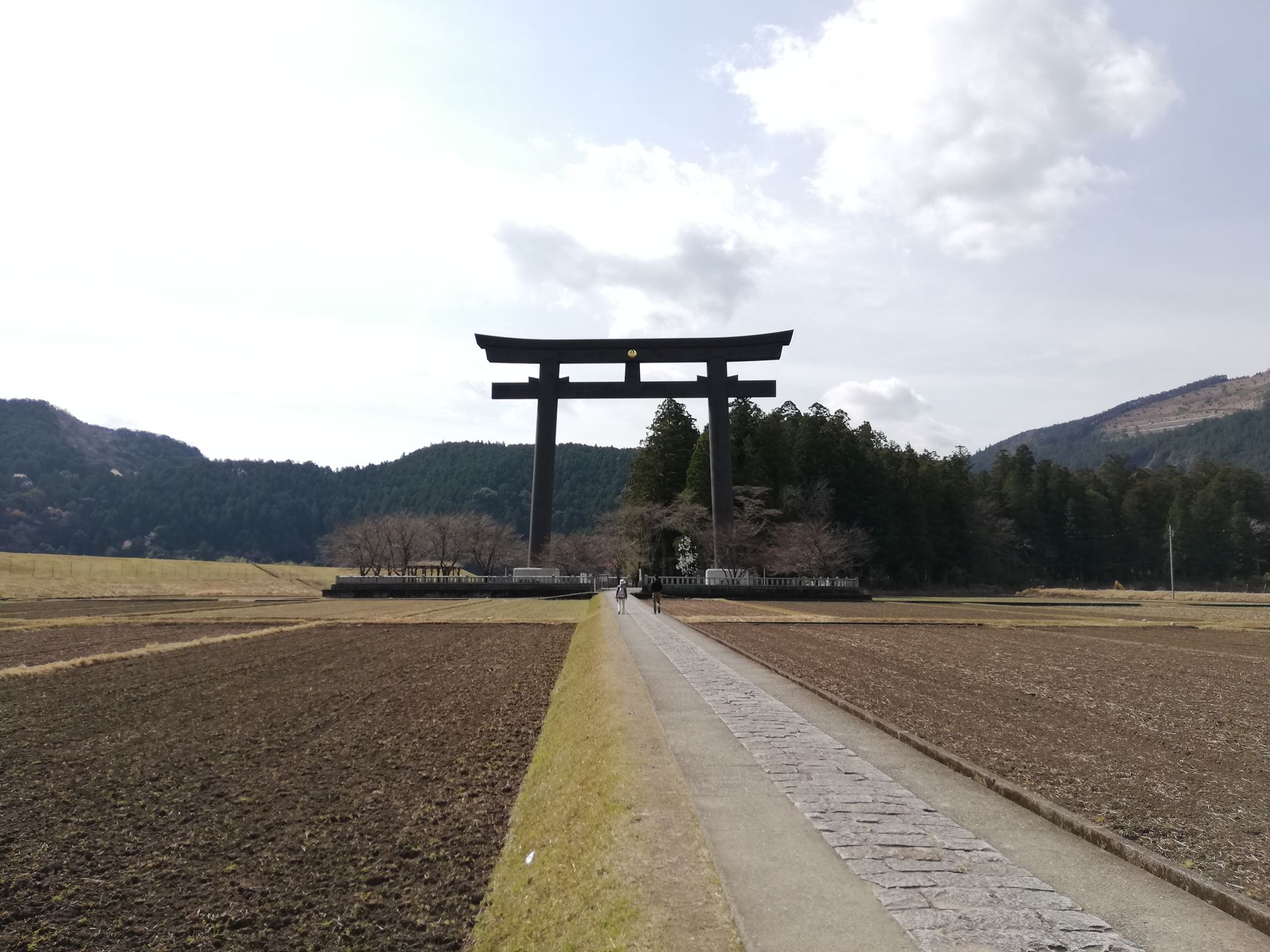
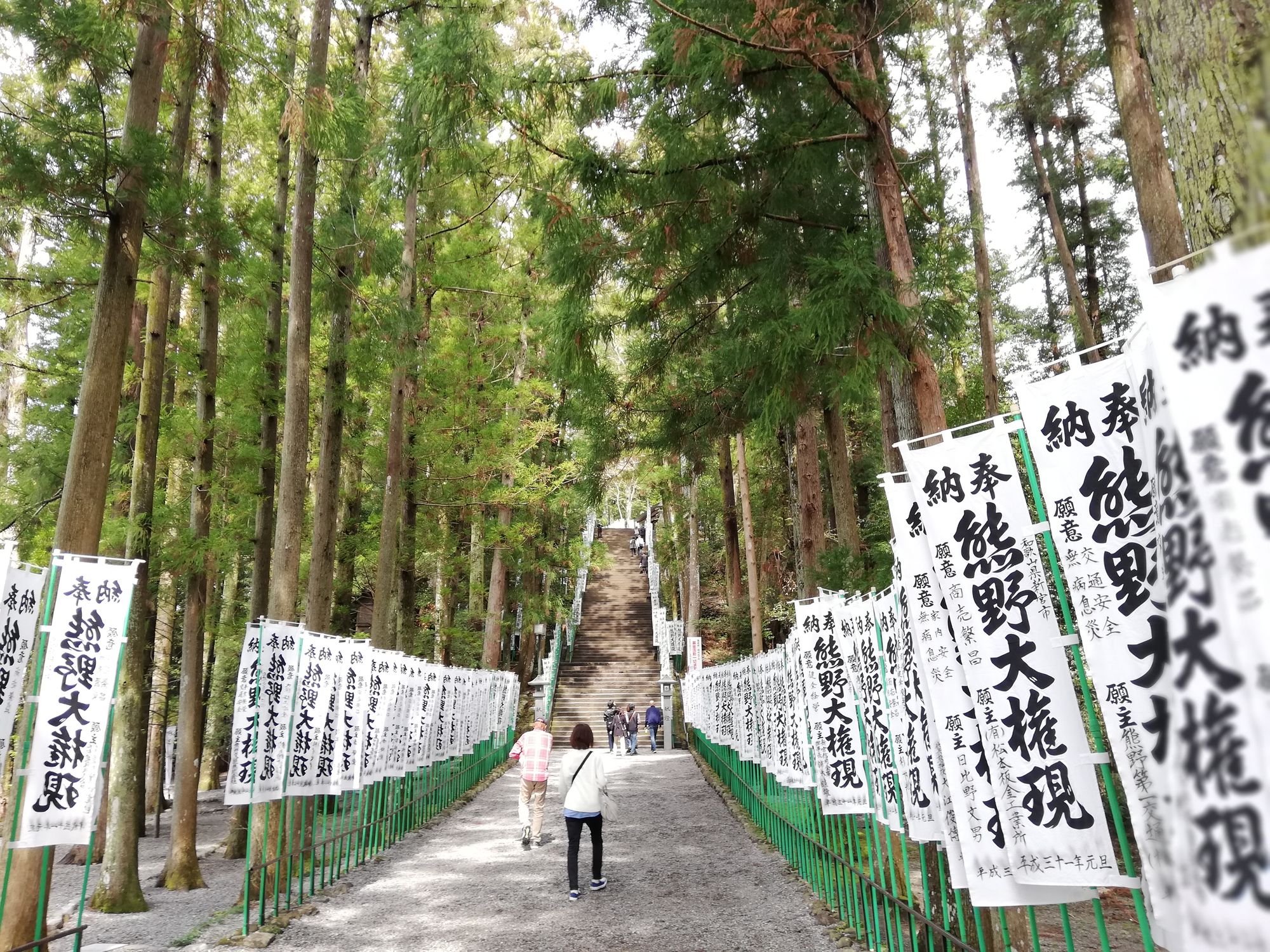
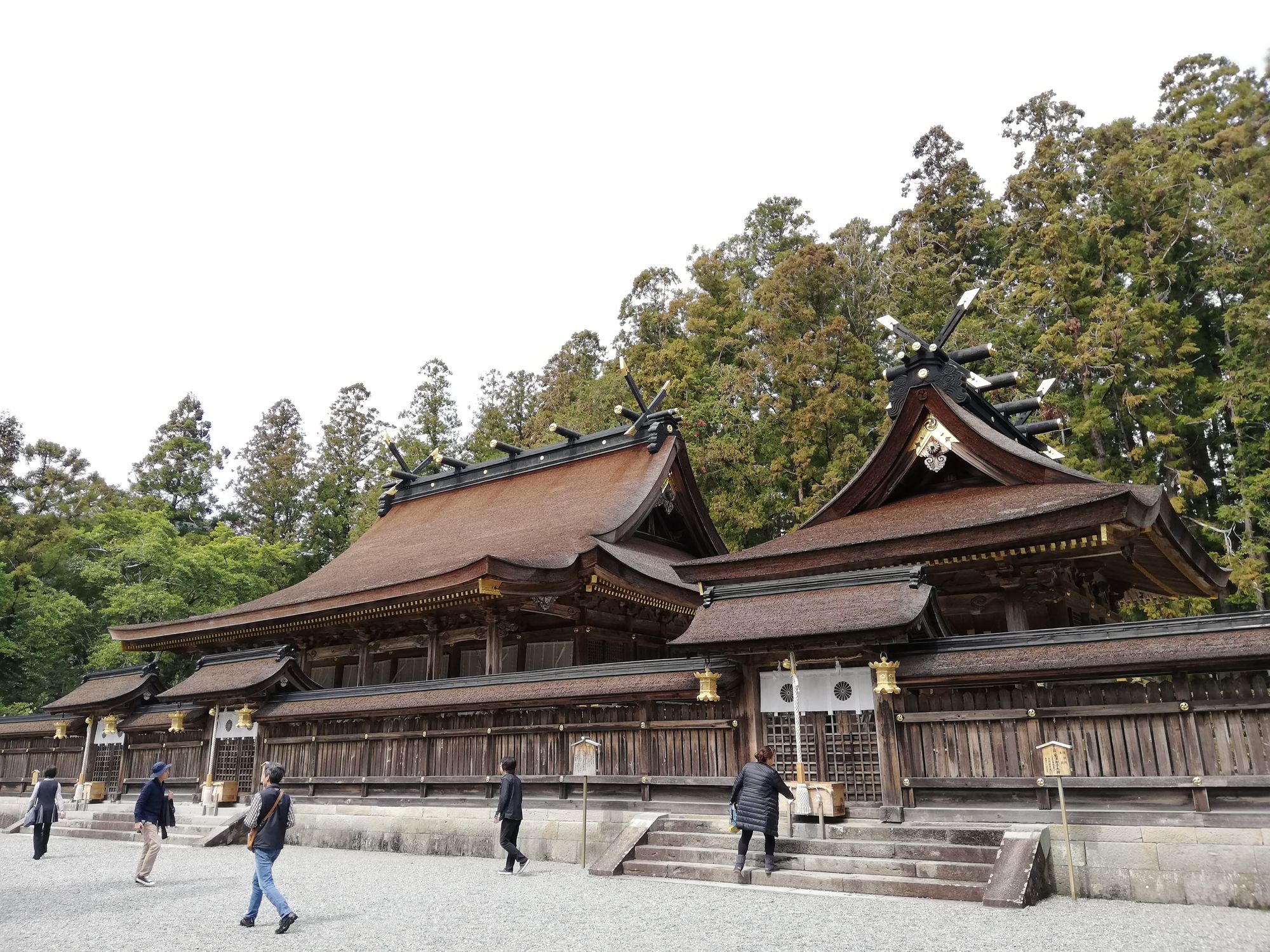
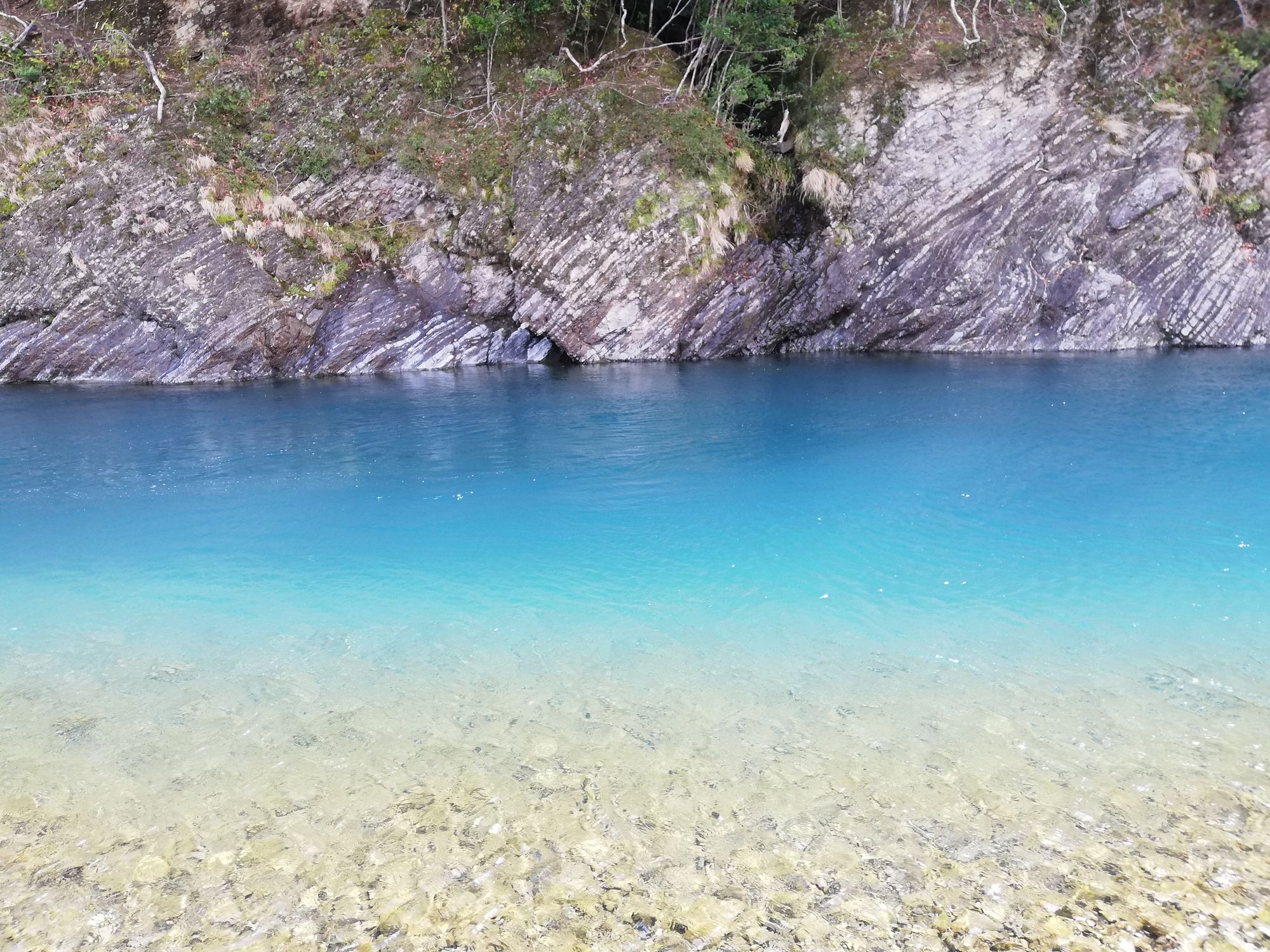
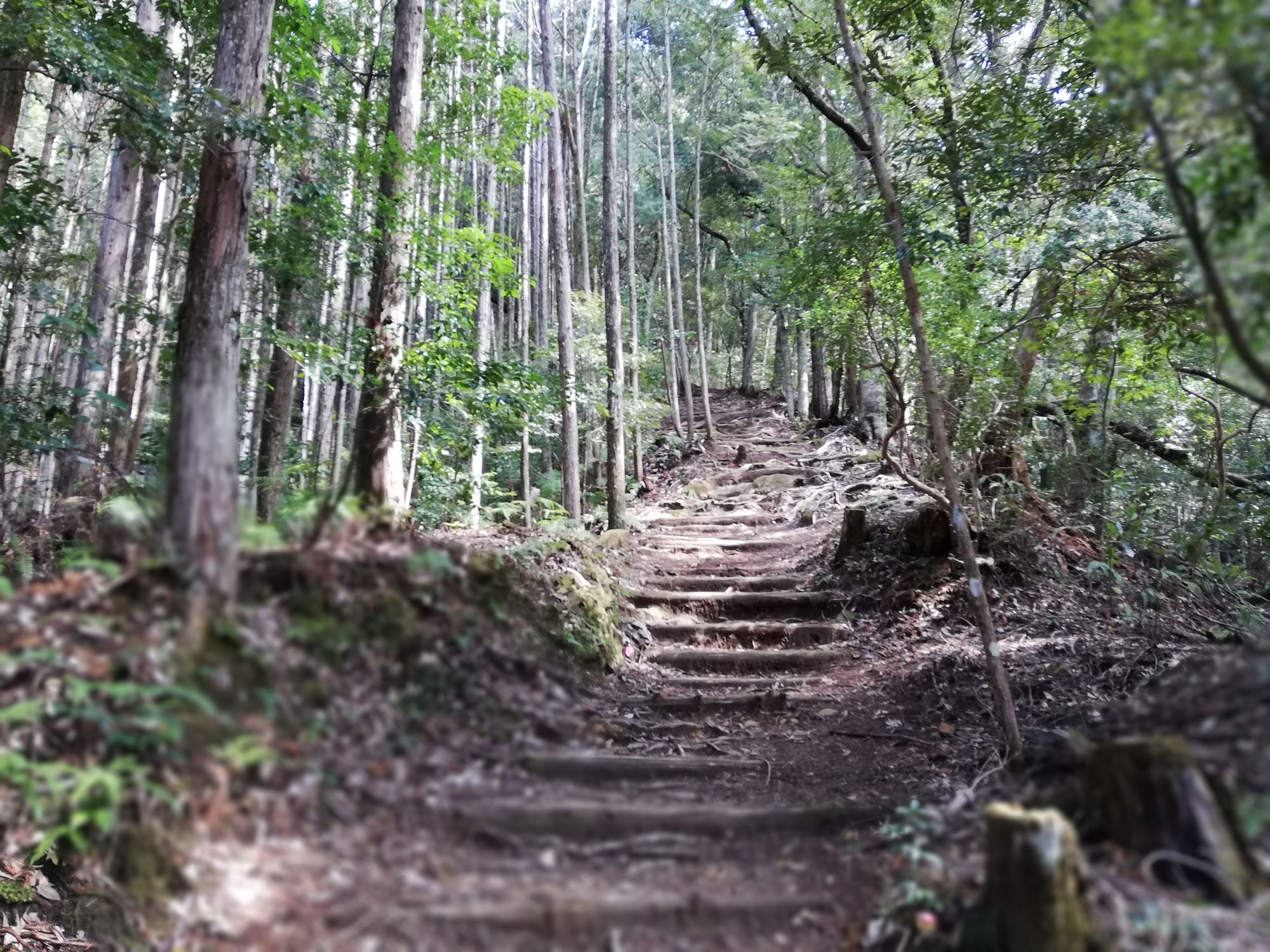
Hongu Taisha
- Yunomine Onsen
Yunomine is a onsen(hot springs) town in Hongu. To reach the place, you would either take a bus from Hongu Taisha or hike through the Kumano Kodo trail which will take you through the forest, up a steep mountain, and out at the hot springs town on the hike down. At Yunomine the most famous of the onsen's is Tsuboyu which is also classified as a World Heritage site. Many pilgrims on their hike usually stop by this public onsen to cleanse/purify themselves after a long days hike. To enter it is not complicated and you don't need to speak Japanese to enjoy the hot spring. First you buy a ticket from the vending machine, then you give it to the lady at the reception booth who then give you a pass. This pass represents the number you are at in line. Head over to the waiting area which is a sitting spot above the onsen. Usually you can only bath at the onsen for 30 minutes as it is very popular amongst locals and tourists. When you are next to go, place your number pass at the door, take off your shoes, and enter the the bath. At the end of the bath, take your number back to the receptionist lady and she will give you a certification. Congratulations! You bathed at a World Heritage Site.
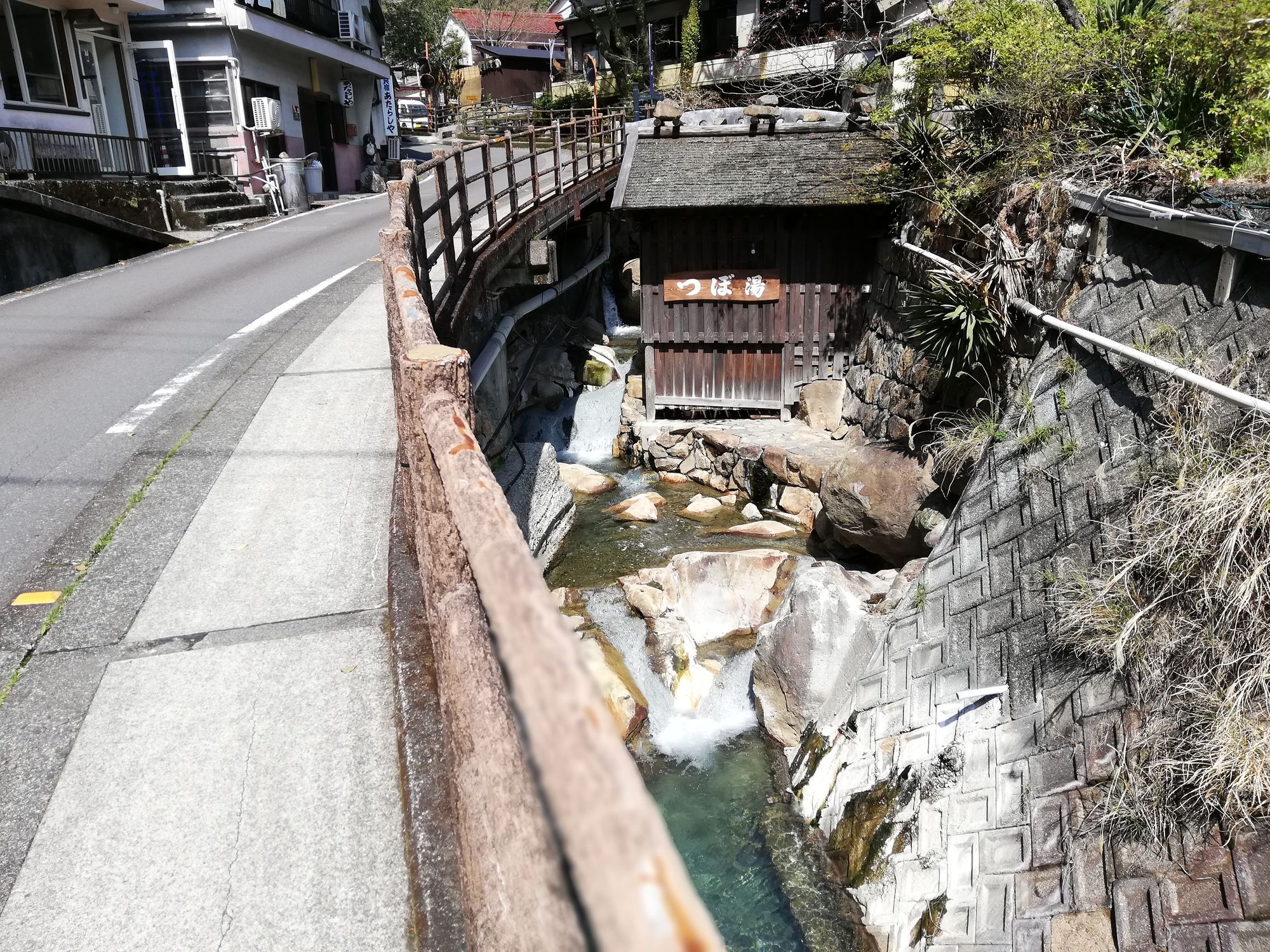
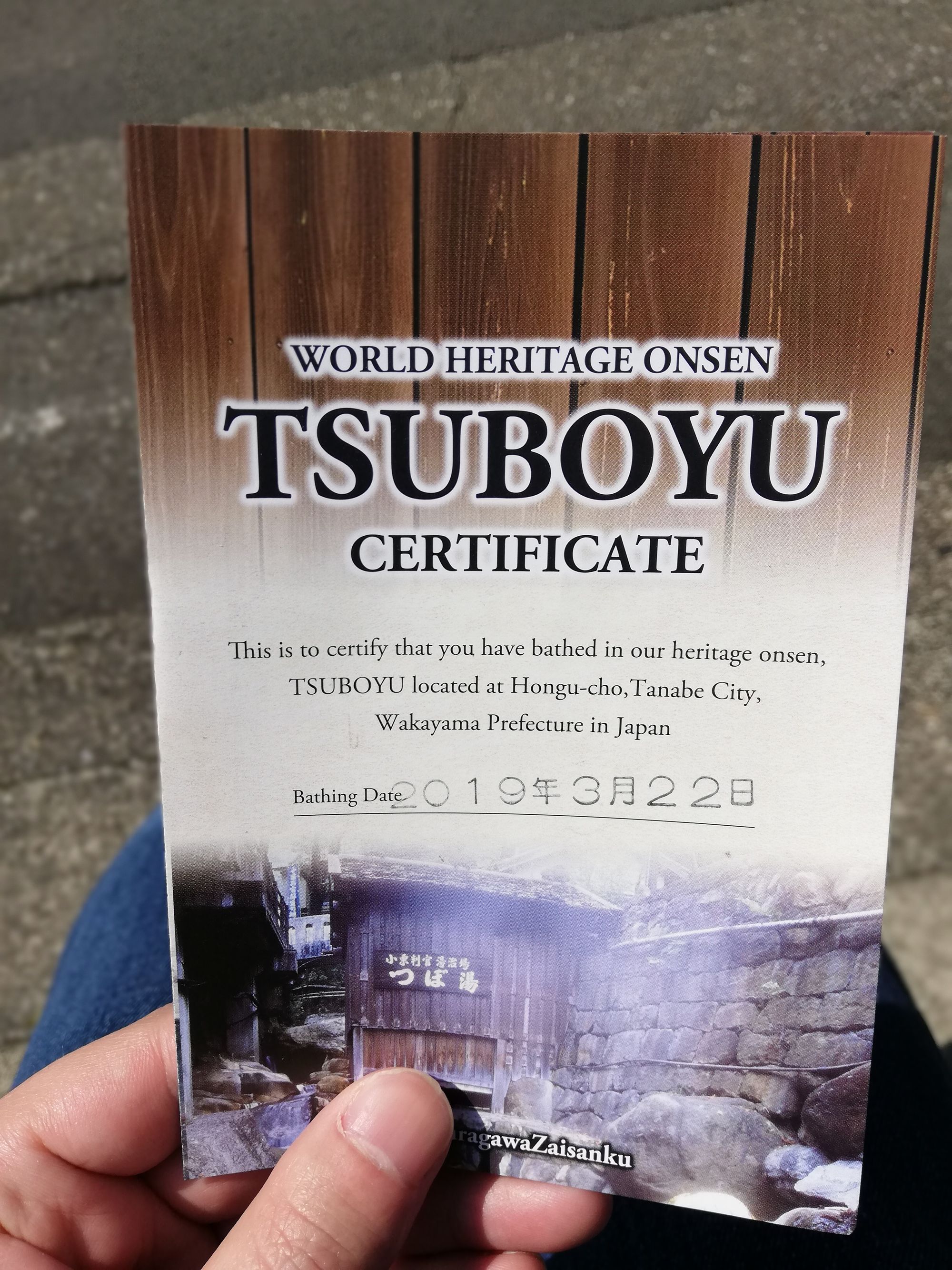
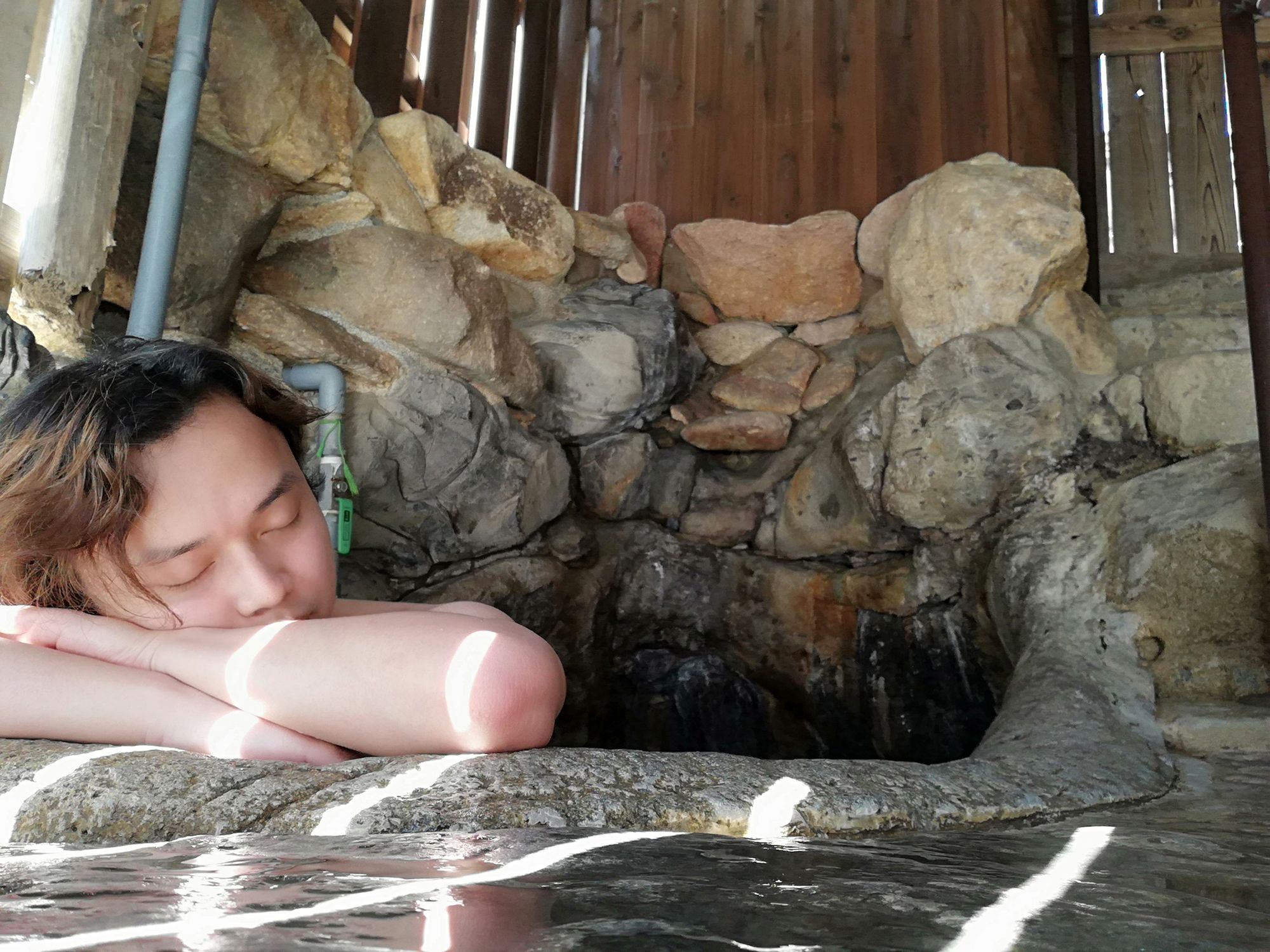
Yunomine Onsen
- Kawayu Onsen
Another popular destination for travelers, hikers, and locals is the town of Kawayu. Which is an outdoor hot springs town located along the river with a lot of accommodations. Most of the accommodations there provide Japanese attire which you can wear when walking around town. It is a calm peaceful town with a great outdoor view while sitting in a natural hot spring. If you're wondering what do you usually wear to an outdoor hot spring, it depends on the place really. Some places you are allowed to freely wear a bathing suit other places just bringing 1 towel to cover themselves is enough. Overall it's a nice place to relax on a trip.
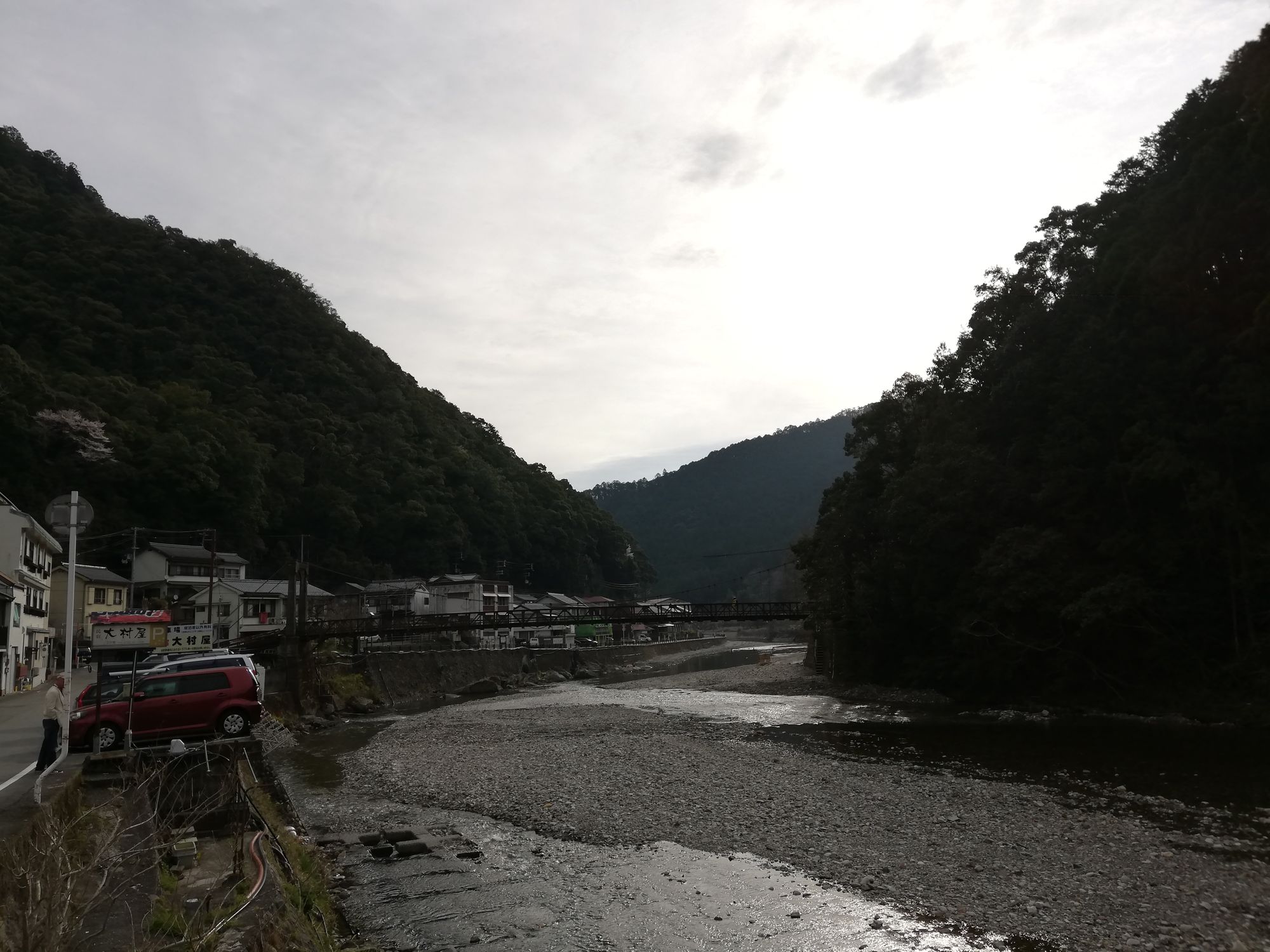
2. Hayatama Taisha
Located in Shingu city along the riverbank, is Hayatama Taisha which is the second of the three Kumano Kodo Heritage shrines. To get to it you can hike down from Hongu Taisha alongside the Kumano river or you can take the bus.
- Kamikura-jinja (Shrine of the Rock) is the shrine sitting at the edge of a cliff or looks like its embedded into the mountainside. Legend has it that this is the place where the gods first descended down to earth. To climb it, one has to go up 500 steep steps to reach the shrine. At the shrine, you are presented with a spectacular view of Shingu city.
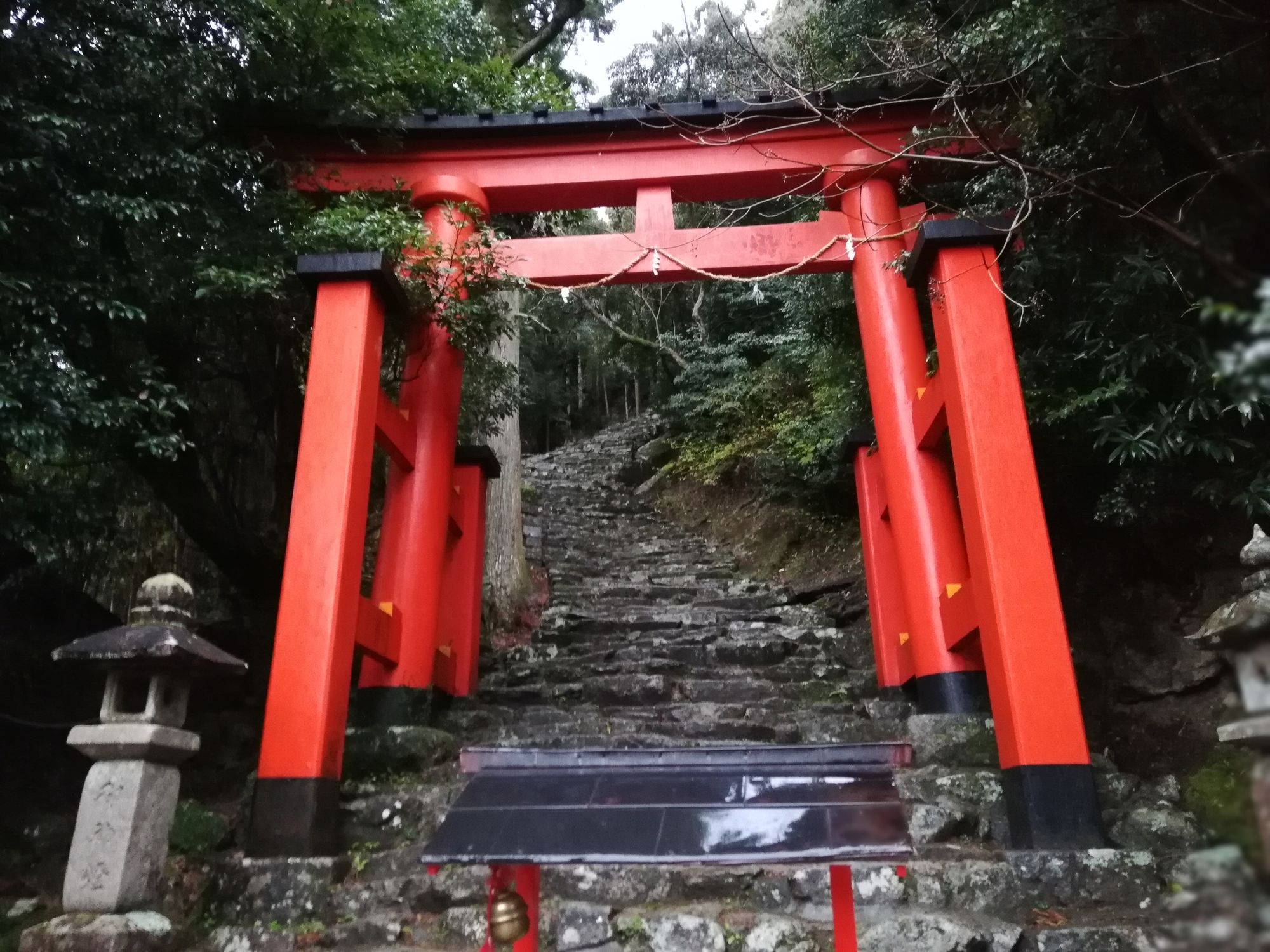
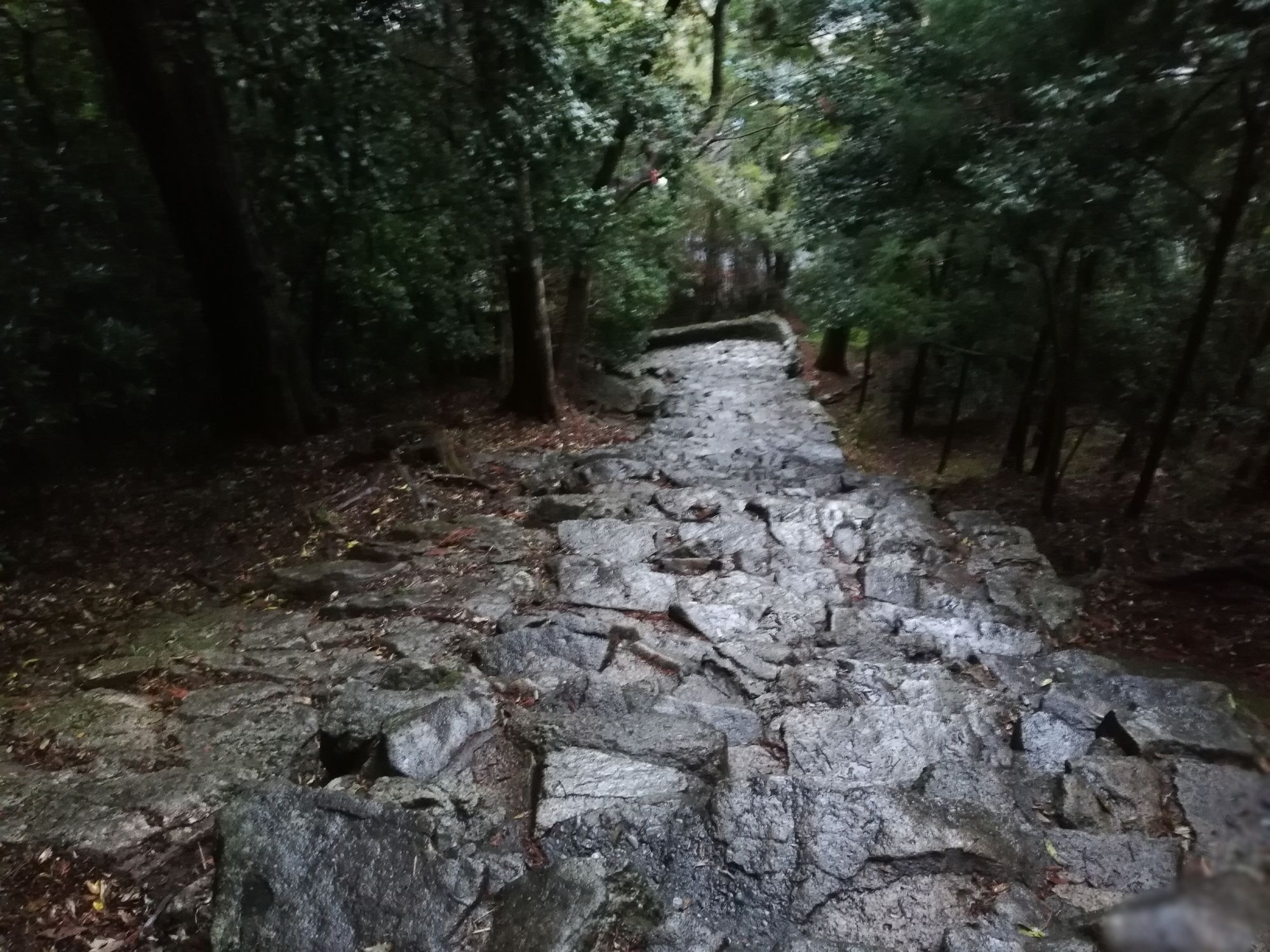
Kamikura-jinja
3. Nachi Taisha
The most famous of the 3 shrines, mainly in due part of its majestic view and iconic scenery of a shrine and waterfall living in harmony. In fact within Nachi Taisha there are two separate shrines of Buddhism and Shintoism living in harmony with one another. The waterfall here is the tallest waterfall in Japan.
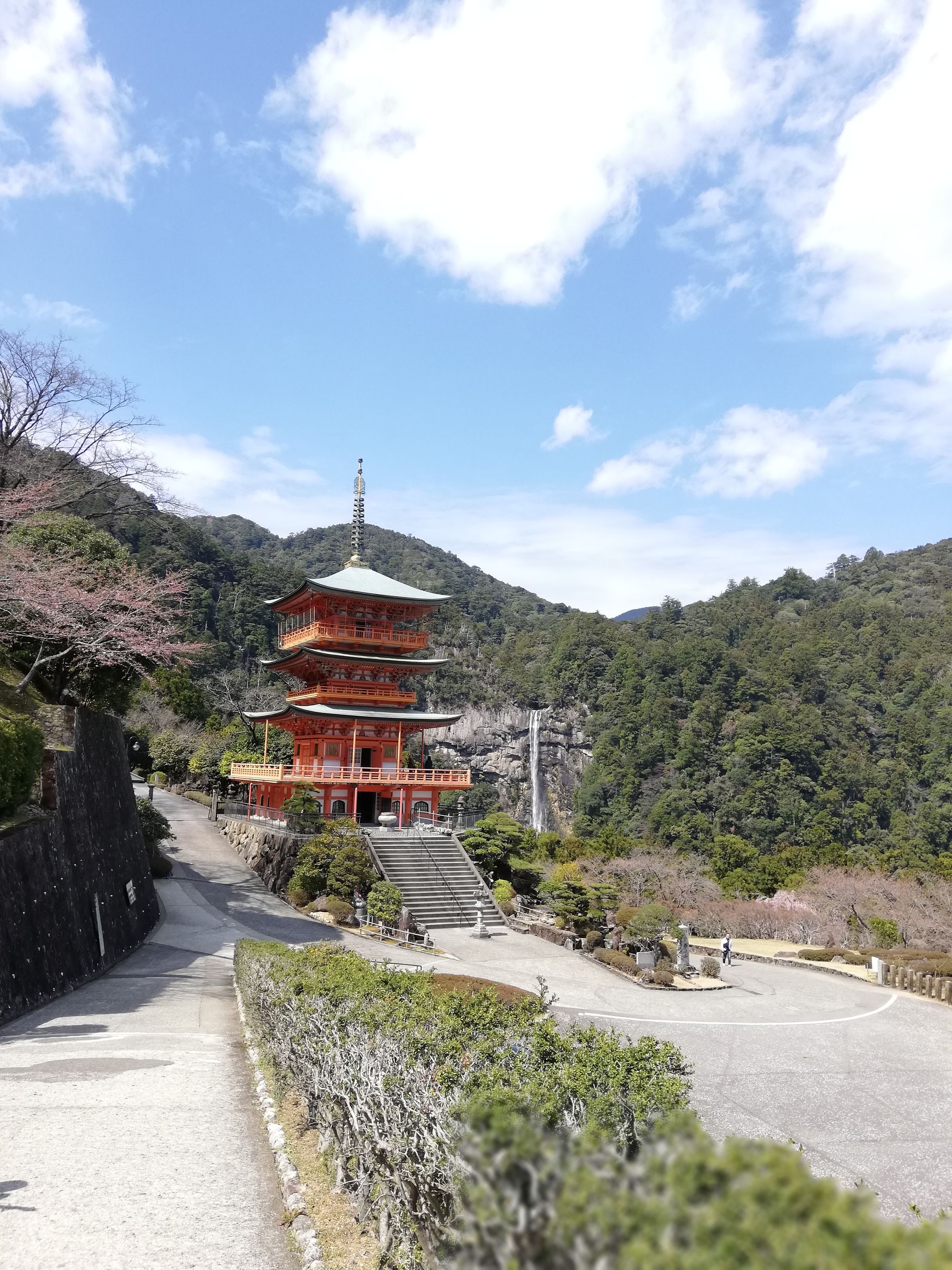
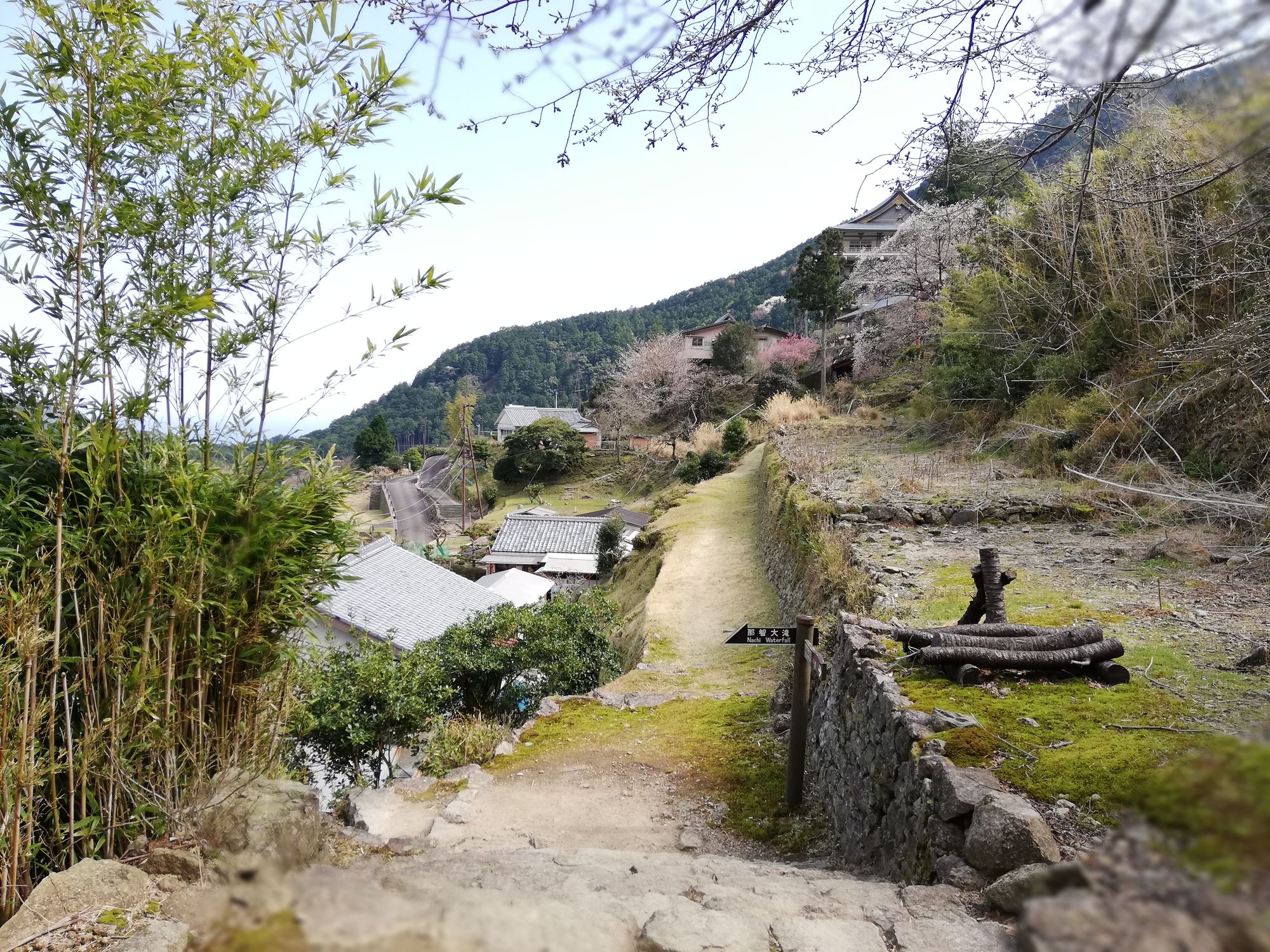
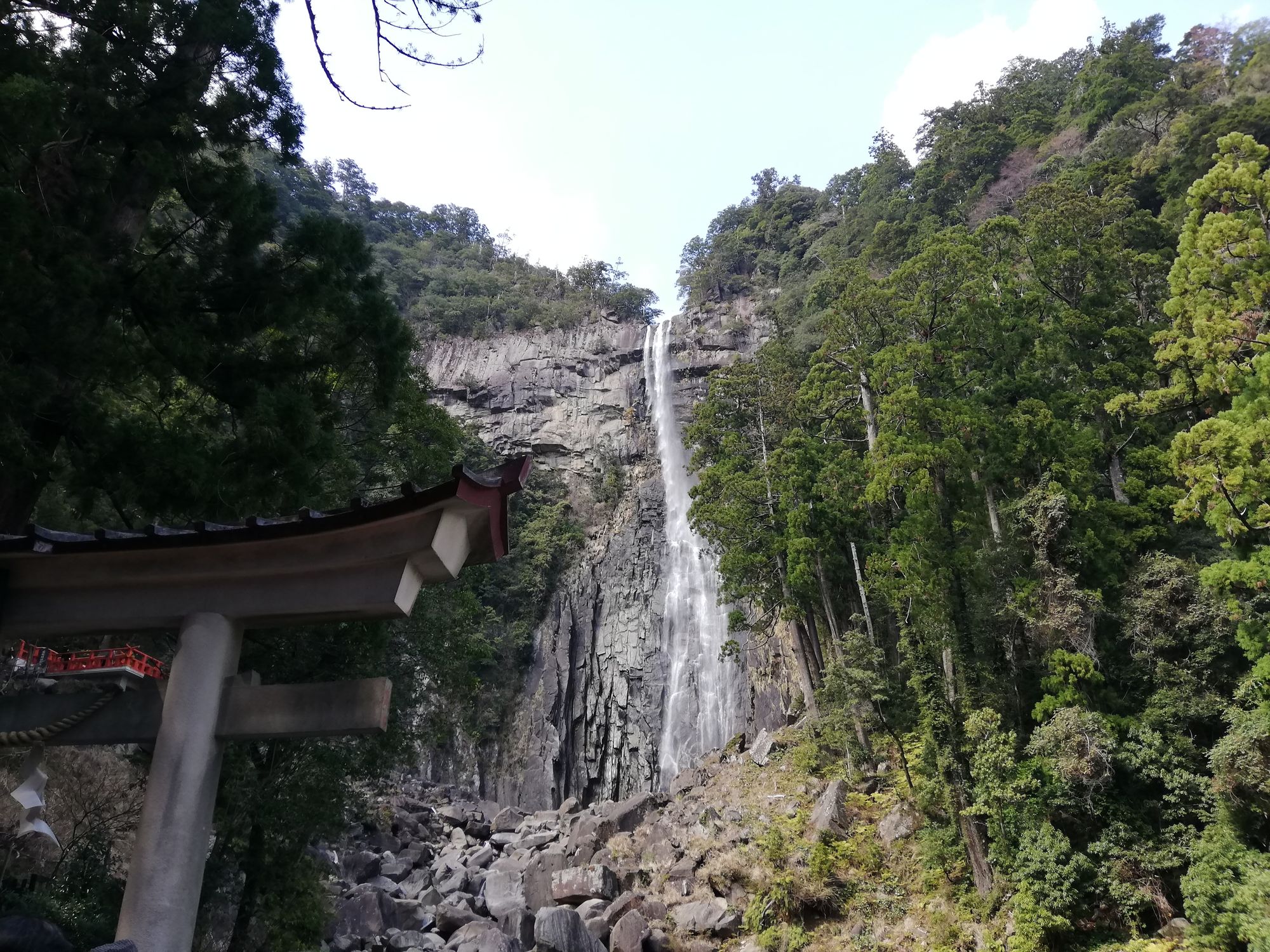
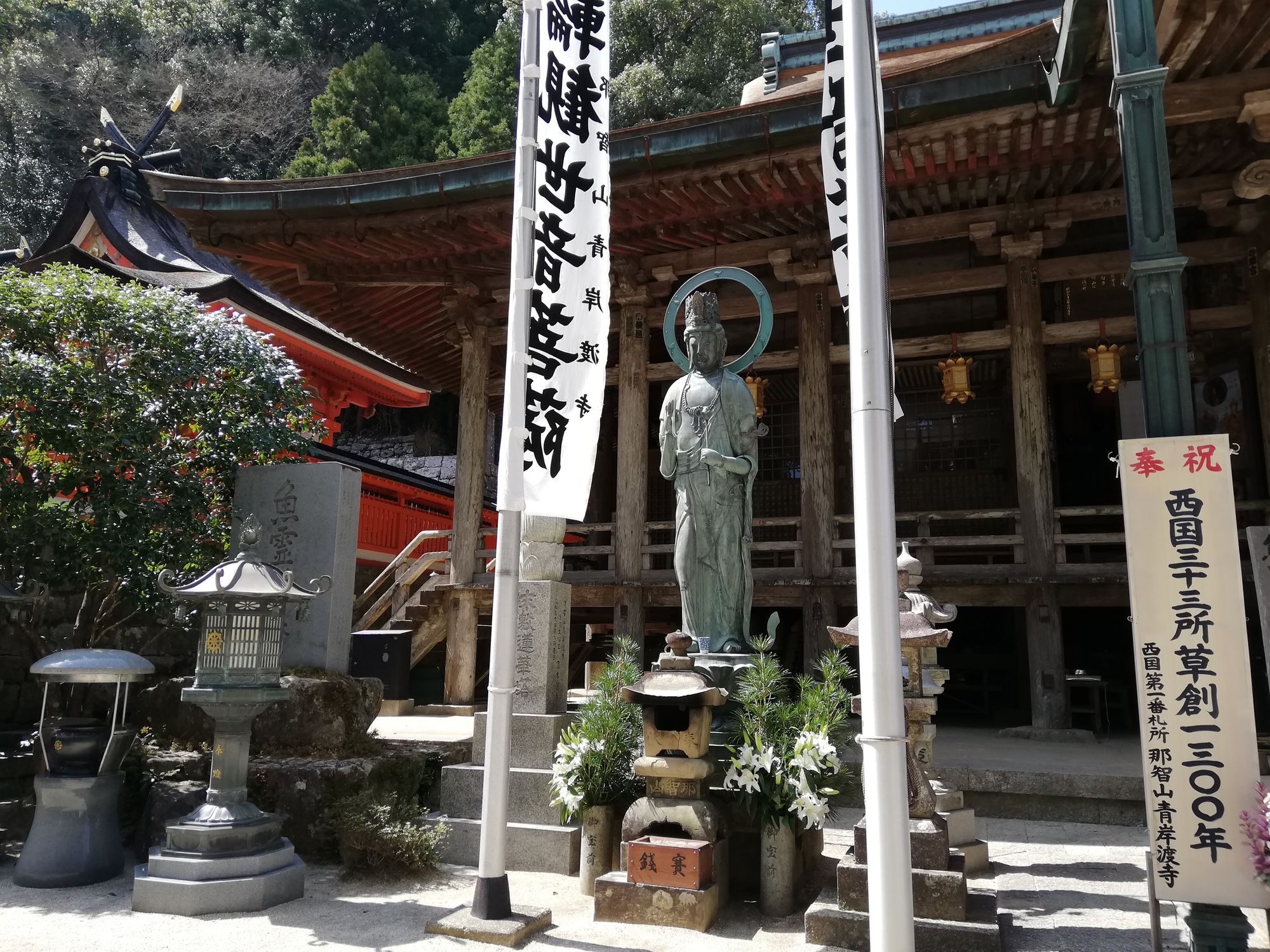
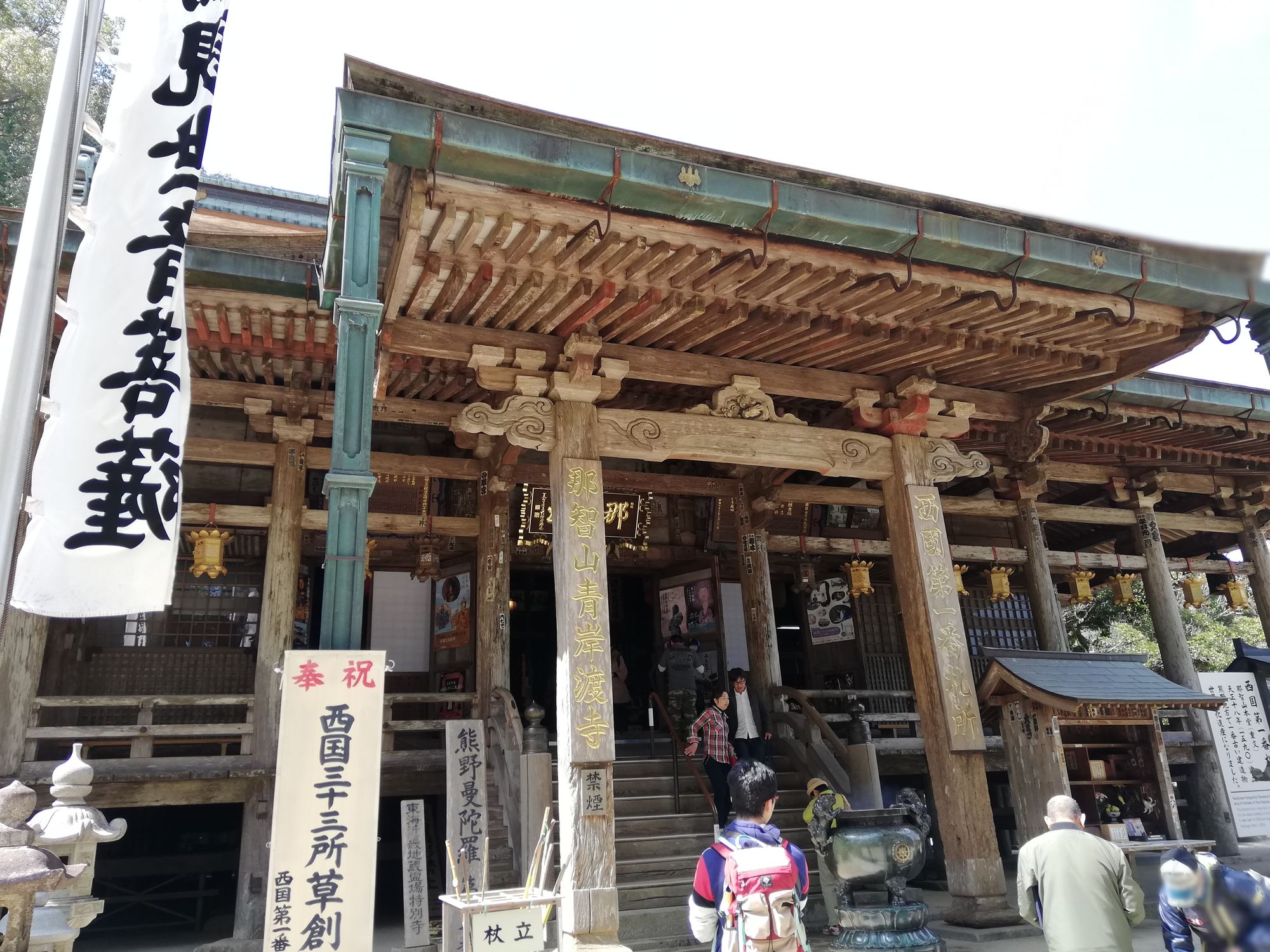
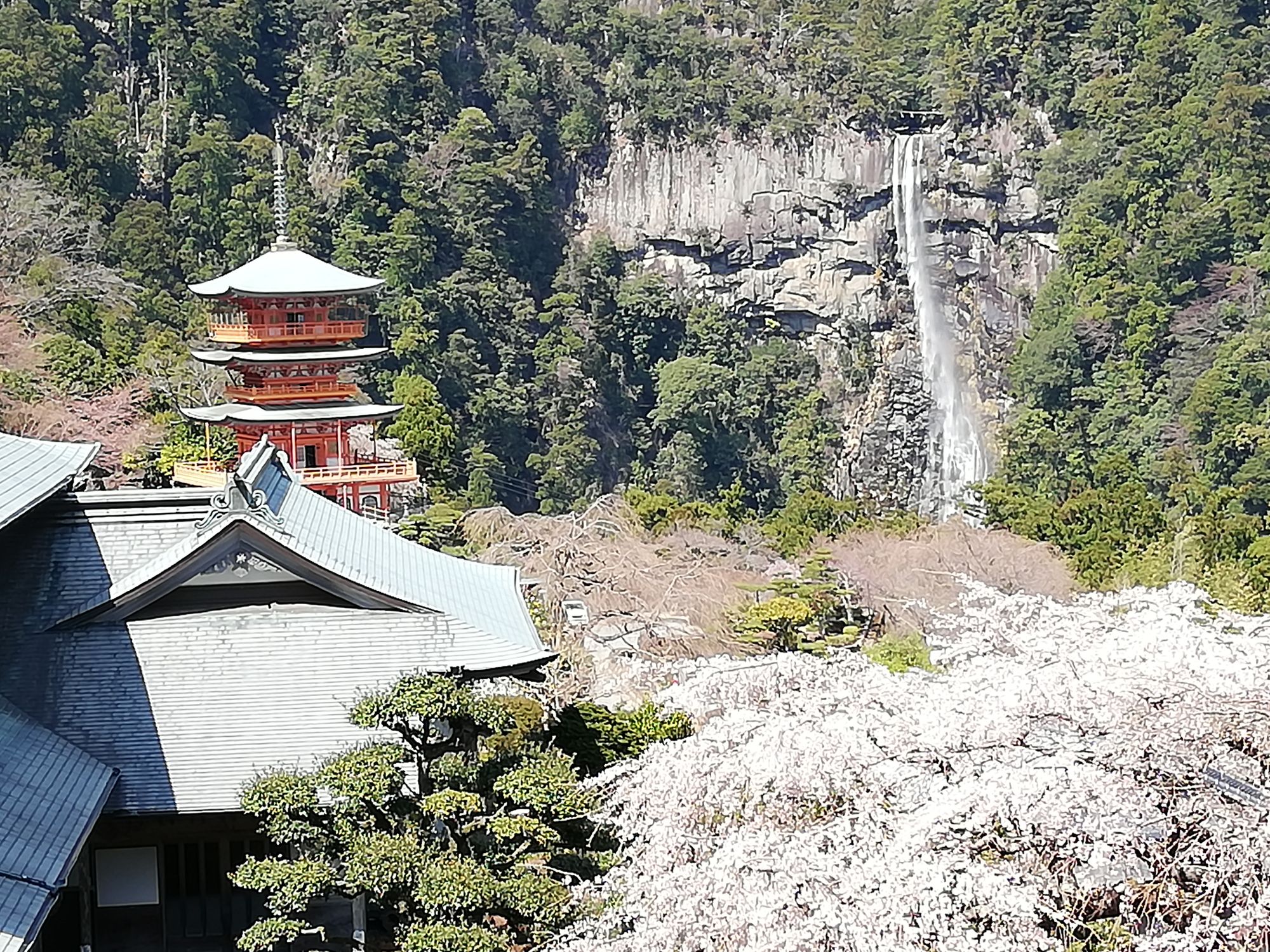
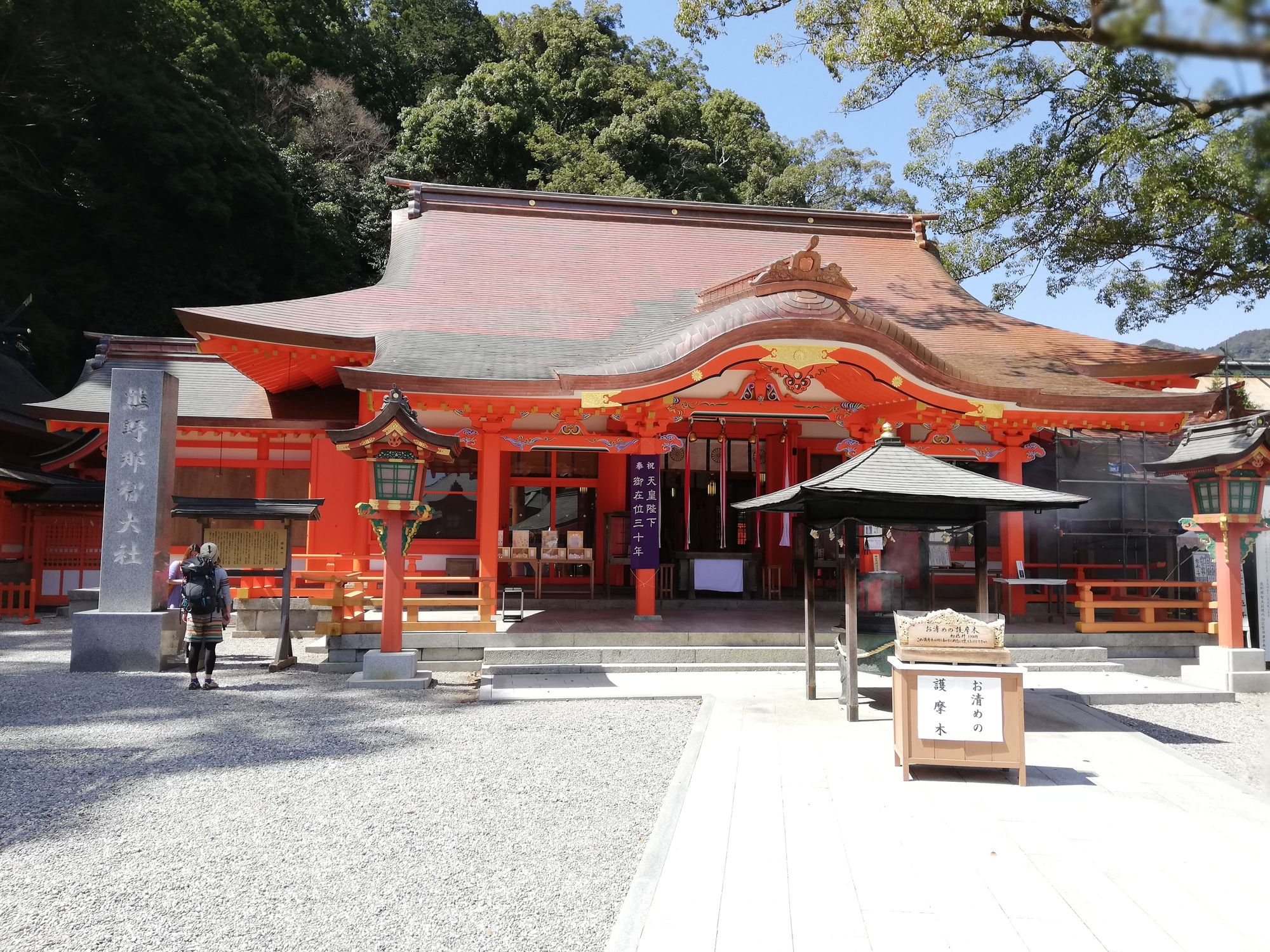
Nachi Taisha
- Daimon-zaka
Hikers can go through a Kumano Kodo road called Daimon-zaka which means large gate slope or sometimes known as The Emperors Road because emperors back in the old days with their families often go on a pilgrimage through this road to Nachi Taisha.
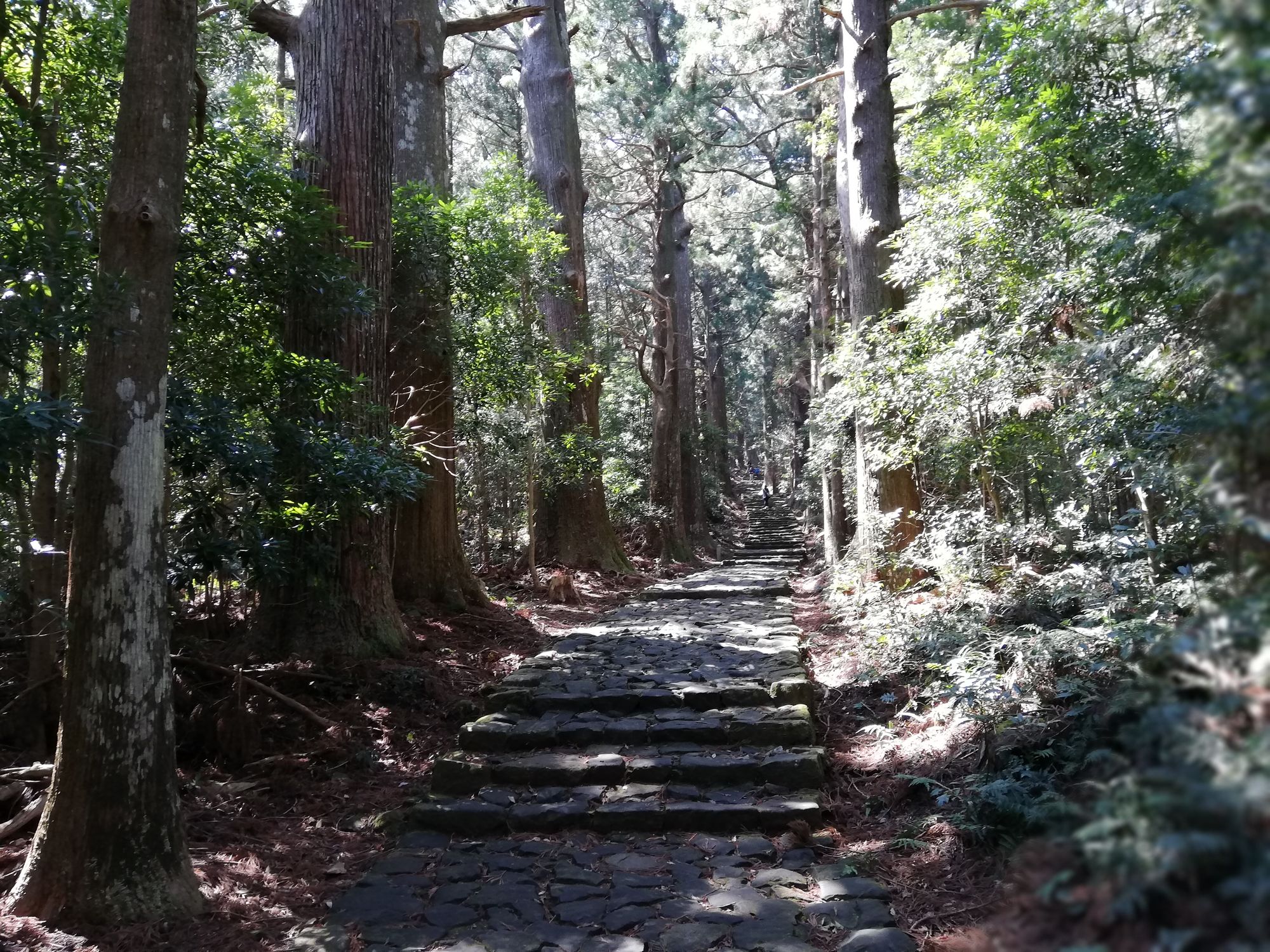
If you're looking to find some spiritual solace, a good hiking trail, beautiful nature then the Kumano Kodo Pilgrimage is a nice place to journey to. Wakayama Prefecture is situated near Osaka and Kyoto. Of course there are many other famous hiking attractions in those cities such as Fushimi Inari, Arashiyama, Mount Ikoma but the Kumano Kodo Pilgrimage trail has its own unique charm, history, and beauty. Explore more of Japan, venture out and experience the magic of the country.
Kumano Kodo Location Access:
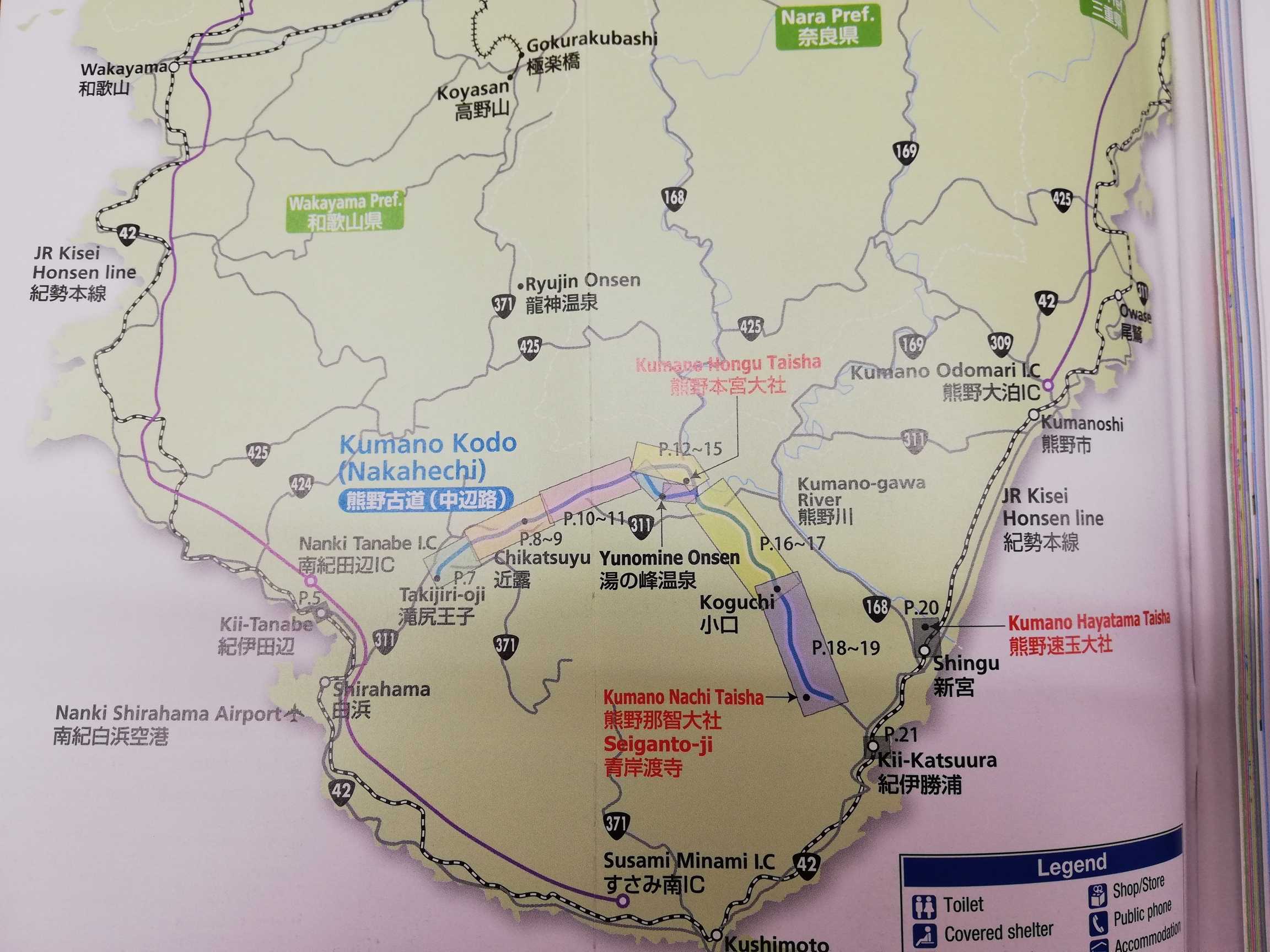
Hongu Taisha Grand Shrine
Hayatama Taisha
Nachi Taisha
If you have the Kansai Wide Area Pass (Only available to tourists) you can save a lot of money and travel around for less.
If you happen to find a tourist information center in the area, be sure to grab a pilgrimage map as it will help you along your journey.

